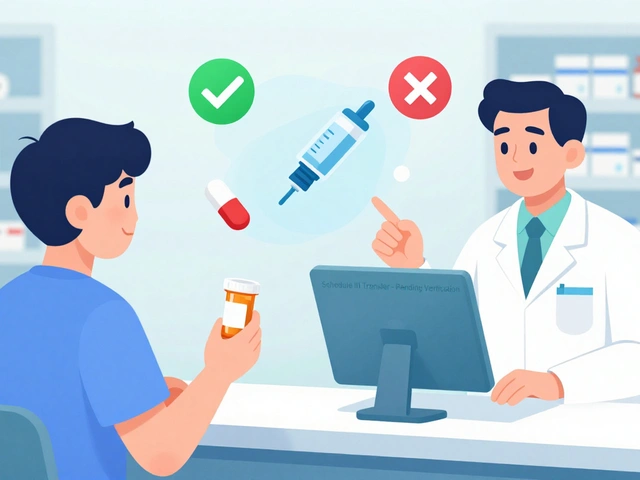Joint damage: what actually causes it and what you can do today
Stiff, swollen, or painful joints can come from more than “getting older.” Joint damage shows up after injury, repeated stress, inflammation (like rheumatoid arthritis), gout, or infection. That damage changes how a joint moves and how it feels — and if you ignore it, small problems often become bigger ones.
How joint damage looks and feels
Watch for ongoing pain that gets worse with activity, morning stiffness that eases, visible swelling, reduced range of motion, grinding or popping, and weakness or instability. If a joint suddenly becomes hot, very swollen, or you have a fever, that can mean infection or gout and needs quick medical attention.
Not all pain equals permanent damage. Short flare-ups from overuse often improve with rest and simple care. The tricky part is spotting when conservative measures aren’t enough.
Fast, practical steps you can try now
Rest the joint for a few days but don’t stop moving completely — gentle motion helps maintain mobility. Use ice for the first 48 hours after an acute injury, then switch to heat to relax tight muscles. Over-the-counter NSAIDs (ibuprofen, naproxen) help pain and swelling. Stronger NSAIDs like ketorolac (Toradol) work well but raise risks for stomach bleeding and kidney problems — we have a guide on Toradol safety if you’re considering it.
If pain is severe or lasts more than a couple of weeks, see a clinician. They can offer targeted options: a short steroid injection for inflammation, hyaluronic injections for some osteoarthritis cases, or referrals for physical therapy. PT focuses on building strength, correcting movement patterns, and easing pressure on damaged areas — it’s one of the best non-surgical ways to protect joints long-term.
For serious structural damage, surgery may be the answer: arthroscopy for repair, or partial/total joint replacement when cartilage is gone. Doctors usually try conservative care first, but don’t delay evaluation if daily life is affected.
Supplements and topical options are common. Arnica is a popular natural choice for bruises and post-exercise soreness and may help mild joint discomfort — check our Arnica article for tips on choosing products. Other supplements like glucosamine and chondroitin show mixed results; talk to your provider before starting anything, especially if you take other meds.
One more note on pain meds: opioids aren’t the only route. If you’re worried about dependence or side effects, read our piece on Hydrocodone alternatives to learn safer options and strategies.
Prevention is simple and powerful: keep a healthy weight, strengthen the muscles around vulnerable joints, avoid repetitive heavy loads, warm up before activity, and treat infections or inflammatory conditions early. If you buy meds online, use trusted pharmacies and check safety guides first — our site has reviews and buying tips to help you do that right.
If joint pain is stopping you from walking, sleeping, or working, or if you have sudden swelling, fever, or numbness, get medical care now. For everything else, start with controlled self-care, stay active, and use targeted help from physical therapy or a doctor when needed. Browse the related posts below for deeper reads on Toradol safety, Arnica, and pain-management alternatives.
As a blogger who's experienced repetitive strain injuries, I've learned a few essential tips to help prevent joint damage. First, taking frequent breaks and stretching throughout the day works wonders in reducing strain on our joints. Second, maintaining proper posture and ergonomics while working or performing repetitive tasks is crucial. Third, incorporating strength training and flexibility exercises into our routine can help keep our joints healthy and strong. Lastly, seeking professional advice for any persistent pain or discomfort is essential to prevent further damage to our joints.



